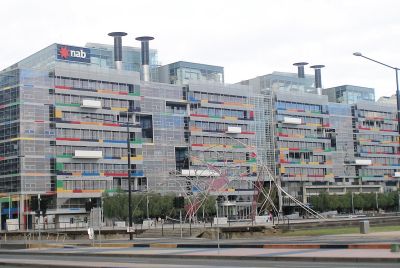AT&T Tops Corporate Spenders With $20B In 2013 For New Plant & Equipment In The US

Telco giant AT&T spent $20.6 billion in 2013 for a new plant and equipment in the US, topping the non-financial companies in the United States for capital spending. It was the third consecutive year that AT&T topped the list, according to the Progressive Policy Institute study.
In second place is competitor Verizon, which spent $15.4 billion, followed by Exxon Mobil at $11 billion, Chevron at $10.6 billion and Walmart at $8.7 billion.
If the capital spending of the top 25 firms is totaled, it reached $152.5 billion, but it translates only into a 1.8 per cent growth. Non-residential investment also went down for the third straight year to 3 per cent in 2013 from 7.2 per cent in 2012 and 7.7 per cent in 2011.
Significantly, three sectors made up 83 per cent of the top 25 biggest capital spenders. These are telecommunications and cable, Internet and technology, and energy. The telecom sector spent $46 billion, while Internet and technology firms spent $23 billion.
AT&T spent such a large amount to expand its U-verse fibre-optic network that is now offering enviable download speeds. On Sept 9, AT&T announced that it has expanded its U-verse services to over 5,800 customer locations in Dallas-Fort Worth after it completed the expansion in July.
About 2,200 of the new locations are in Alvarado, Johnson County, and over 1,100 in Dallas. With U-verse, AT&T customers could watch shows on their TV sets, computer, tablet or smartphone.
The U-verse expansion is part of the telco's Project Velocity IP, a three-year investment plan to broaden AT&T's wireless and wireline IP broadband networks.
Verizon, in turn, is building its 4G wireless network. In July, Verizon switched on its 4G LTE system for prepaid plans, which allowed Verizon subscribers on AllSet Plans to access its LTE network. Soon, Verizon would extend the service to mobile virtual network operators by the third quarter of 2014.
The expansion flurry among telcos aim to meet the growth in data demand that new devices and technology as well as more subscribers bring.





















